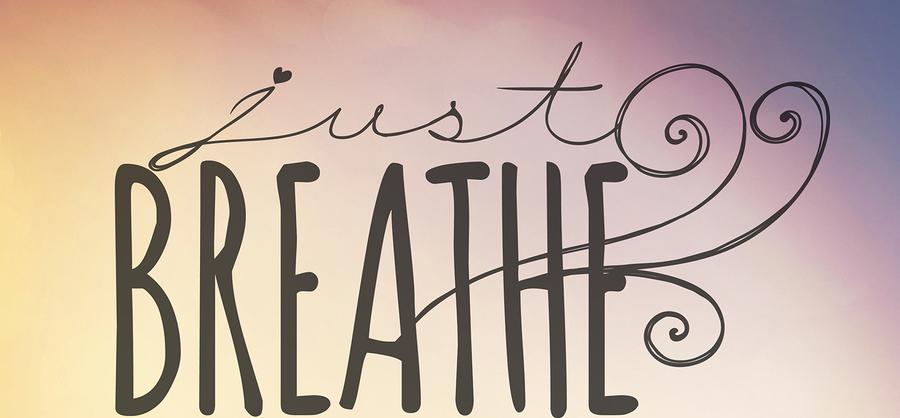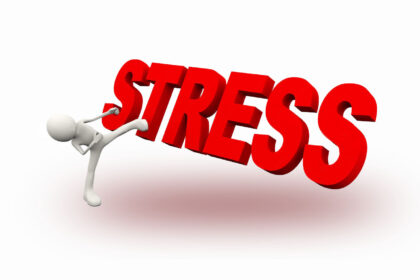by Dr. Laura Jones
WOUND UP. STRESSED OUT. OVERWHELMED. ANXIOUS. POWERLESS.
All too common words used to describe how we feel on a daily basis… It’s true…life is stressful. These past 12 months have been SO hard. But inside our bodies there is an innate intelligence and a natural recovery response that unwinds tension, restores balance and reboots our resilience. One of the first steps we can take to fostering this is deep breathing. Deep breathing can dramatically reduce anxiety, bring you into the present moment through mindfulness, and even help you remember how to respond to your specific stressors. Most people are aware of deep breathing’s psychological effects; we feel it slow down our racing minds and calm us down. But what’s actually going on in the body here? Why, physiologically speaking, does taking a deep breath make us feel slightly less rattled? As most people have experienced, when you’re worried, upset, or anxious, you can feel it deep inside you — your heart starts to beat faster, you can feel a pit in your stomach and a light headedness can set in. This is a response we all learned about in high school biology called “fight or flight”. When your sympathetic nervous system fills your body with all that cortisol and adrenaline, we end up feeling pretty crumby; this is where deep breathing comes in. Deep breathing is a quick and effective way of interrupting the stress response by turning on the vagus nerve which stimulates the parasympathetic nervous system and brings us a sense of calm and well-being. In addition to stimulating the calming part of our nervous system, deep breathing can prevent your stress response from overacting in the first place. To “overcome the unhealthy day-to-day stress response,” we all should practice breath work daily. If you are new to this, start with this simple technique twice per day:
Before starting the breathing pattern, adopt a comfortable sitting position and place the tip of the tongue on the tissue right behind the top front teeth.
To use the 4-7-8 technique, focus on the following breathing pattern:
- empty the lungs of air
- breathe in quietly through the nose for 4 seconds
- hold the breath for a count of 7 seconds
- exhale forcefully through the mouth, pursing the lips and making a “whoosh” sound, for 8 seconds
- repeat the cycle up to 4 times




